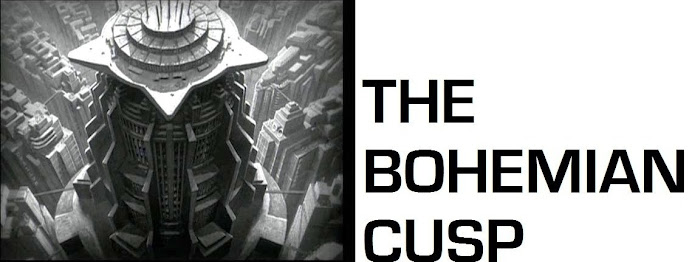 Increasingly, the benefits of urban gentrification are being hailed as hugely important to the cultural development of communities, and broadly, cities. By no means a new, positively received concept, it is certainly one that has powerfully come in vogue within, at least, the past two decades.
Increasingly, the benefits of urban gentrification are being hailed as hugely important to the cultural development of communities, and broadly, cities. By no means a new, positively received concept, it is certainly one that has powerfully come in vogue within, at least, the past two decades.Specifically, the reversal of old industrial, or commercial, structures into modern, artistic and cultural hubs is a component of this trend that has proven extremely popular in many municipalities. Immediate examples can be seen in the project properties of Hamilton, Ontario's Imperial Cotton Centre for the Arts; the Cotton Factory and the recently opened Hamilton Hotel, as well as Toronto’s Wychwood Barns, overseen by ArtScape.
However, bucking this trend of renewal, with no less of a creative and cultural vengence, is East-Berlin's Tacheles. This aging commercial complex, has housed, at different points in its long history, an in-door market place, a new-technology showroom, a Nazi prison, a theatre, and low rent housing. During the 1960s and 70s, after decades of consistent and intense usage, Tacheles was evaluated by engineers and ultimately slated to be demolished, a process that was initiated in 1980 and to be completed by 1990.
Yet, in 1990, two months prior to the final detonation which would have leveled the remaining majority of the complex, the artists’ initiative group Kunstlerinitiative Tacheles occupied the building and had it designated a historical site. Upon initiating another engineering survey of the Tacheles, it was found that the complex was, in fact, still sound, despite its semi-demolished appearance.

Since this time, the complex has become officially known as Kunsthaus Tacheles, and has become an art center and nightclub that is a central destination to a number of Berlin’s arts, activist and cultural groups. What is particularly interesting about this is that, unlike the trend of targeted, cultural gentrification, Tacheles' emergence as an arts centre has been a wholly organic one, lead by a gradually developing grassroots arts community.
Moreover, the most interesting facet of the Tacheles is not even necessarily in the groups that it hosts, but rather its manifestation as a gigantic, and continuously evolving, mixed media work of art. Boasting an ever-changing, eclectic array of murals, sculptures and other pieces, the deceptively un-dilapidated Tacheles is less a gentrified example of old into new, than it is fateful study of cultural
(r)evolution.
Albeit, one with an uncertain future.

















































